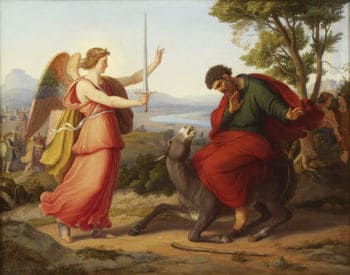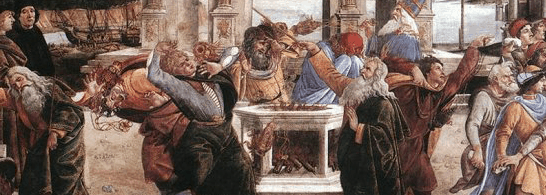 Day of MourningThe 17th day of the Hebrew month of Tammuz is one of the fast days enumerated in the book of Zecharia(8:19) called the “fast of the fourth month”. In the Hellenistic mind set that has defined most of western thinking for over two thousand years, “Time” is viewed as a linear line moving from point A to point B. the Jewish and Biblical view of the world views specific dates and appointed times as gates through which time flows through in a cyclical and upward spiral fashion.
Day of MourningThe 17th day of the Hebrew month of Tammuz is one of the fast days enumerated in the book of Zecharia(8:19) called the “fast of the fourth month”. In the Hellenistic mind set that has defined most of western thinking for over two thousand years, “Time” is viewed as a linear line moving from point A to point B. the Jewish and Biblical view of the world views specific dates and appointed times as gates through which time flows through in a cyclical and upward spiral fashion.
With All Your Heart
Parshat Pinchas
Parshat Balak
Balak (Numbers 22:2–25:9) – Did Balaam go against G-d’s wishes and what can be learned from the story.
Parshat Chuka
Chukat (Numbers 19:1–22:1) — What is the mystery of the red heifer’s power? What can be learned by what cannot be explained and what can be implied by what can be?
The Consequence of Anger
 We read in the parsha the following account of the death of Miriam, the sister of Moshe, that Miriam”died there and was buried there” (Numbers 20:). The torah does not even offer even a minor description of the ensuing burial and mourning but immediately informs us that “there was no water for the people.” (Numbers 20:2)
We read in the parsha the following account of the death of Miriam, the sister of Moshe, that Miriam”died there and was buried there” (Numbers 20:). The torah does not even offer even a minor description of the ensuing burial and mourning but immediately informs us that “there was no water for the people.” (Numbers 20:2)
The Prayers of Moshe and Samuel
Prayer is really about changing the one praying, not the external situation.
We read in Psalms:
Moshe and Aaron among His priests, and Samuel among those who call in His name, would call out to HaShem, and He would answer them (Psalm 99:6).
What was the essence of the power of these individuals that ensured that their prayers were answered? Why is Samuel connected the Moshe and Aaron in this verse?
Parshat Korach
Parshat Korach (Numbers 16:1–18:32) — Korach, Datan and Aviram organize a rebellion challenging Moses’ leadership and questioning the granting of the kehunah (priesthood) to Aaron. He is Joinied by 250 distinguished members of the community.








